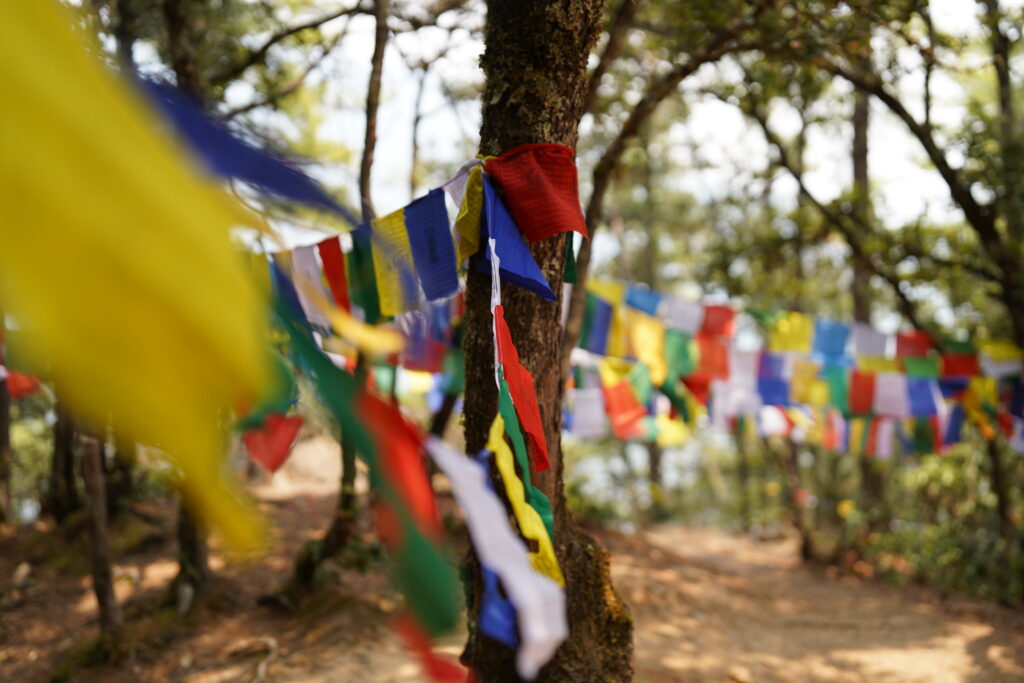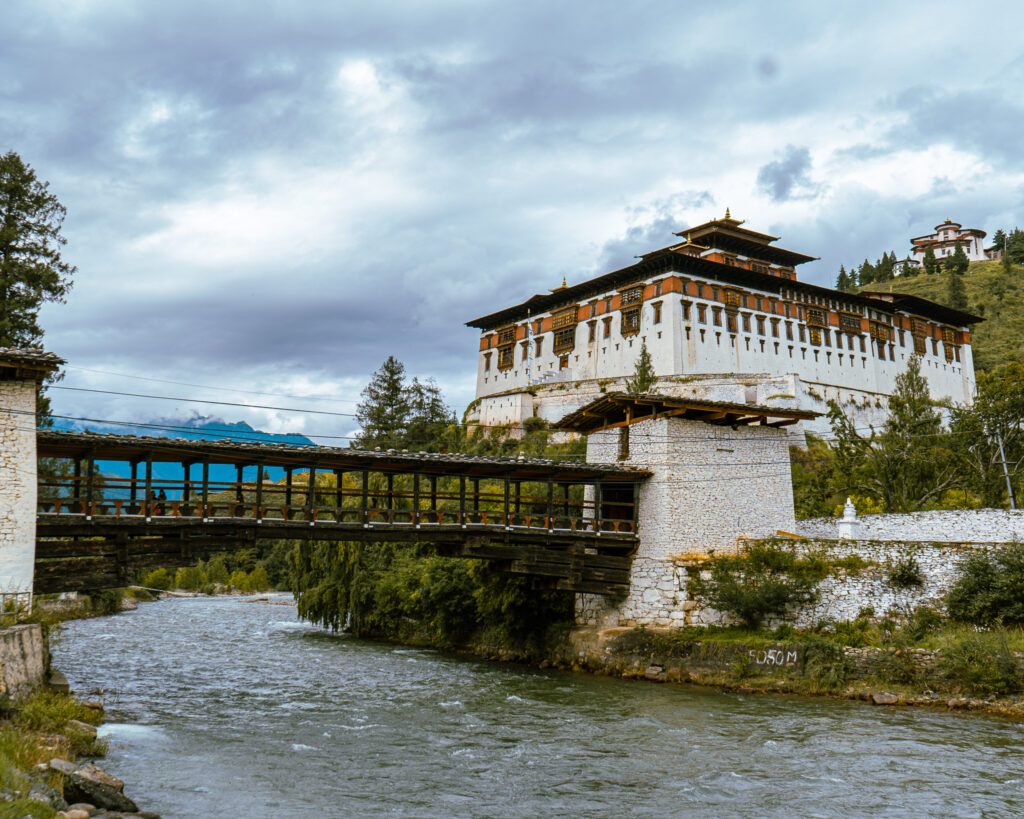Paro Dzong, officially known as Rinpung Dzong (Fortress on a Heap of Jewels), is one of the most iconic and historically significant dzongs in Bhutan. Located in the Paro Valley, this fortress-monastery stands proudly on a hillside overlooking the Paro Chu River and the town of Paro.
Built in 1644 by Zhabdrung Ngawang Namgyal, the founder of Bhutan, Paro Dzong has served as both a defensive fortress and a religious center throughout its history. Its strategic location provided protection from external invasions and control over the important trade routes between Tibet and Bhutan.
The architecture of Paro Dzong is a masterpiece of Bhutanese craftsmanship, characterized by towering whitewashed walls, golden roofs, and intricately carved wooden galleries and staircases. The dzong is divided into several courtyards and administrative offices, as well as temples and shrines dedicated to Buddhist deities.
Paro Dzong plays a central role in Bhutanese cultural and religious life. It houses the district monastic body and is the venue for important religious festivals and ceremonies, including the famous Paro Tsechu. During the Paro Tsechu, which is held annually in the spring, masked dances (cham) are performed by monks and laymen to honor Guru Rinpoche (Padmasambhava), the saint who brought Buddhism to Bhutan.
The dzong also holds sacred relics and artifacts that are revered by the local community. Visitors to Paro Dzong can explore the various chapels and assembly halls adorned with vibrant murals depicting Buddhist teachings, legends, and historical events.


